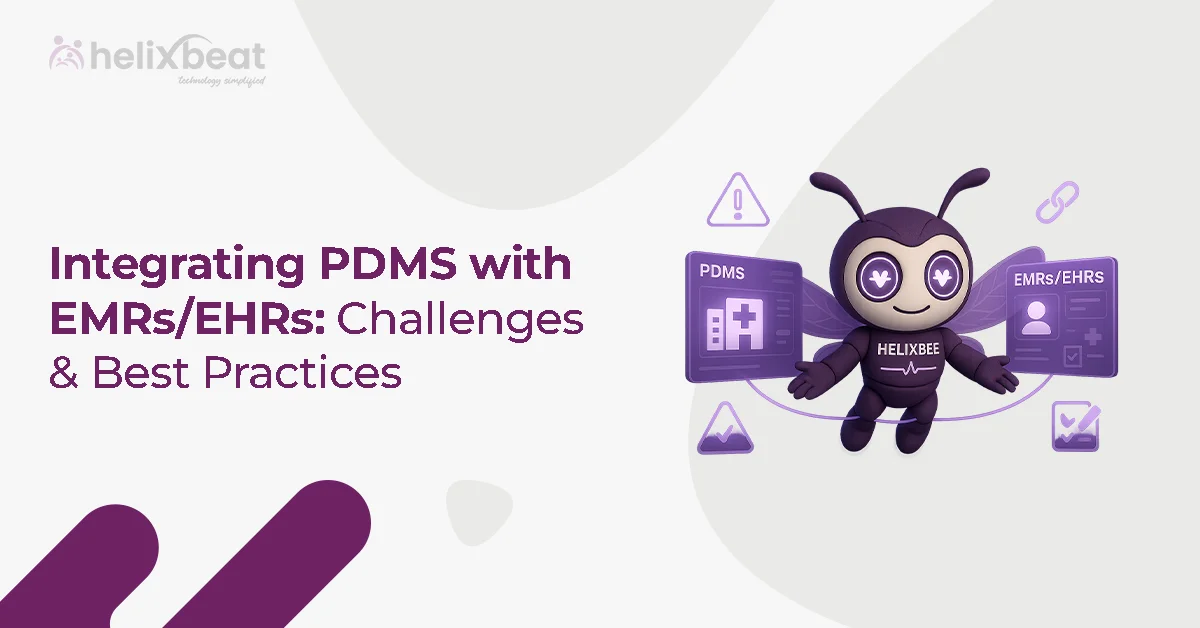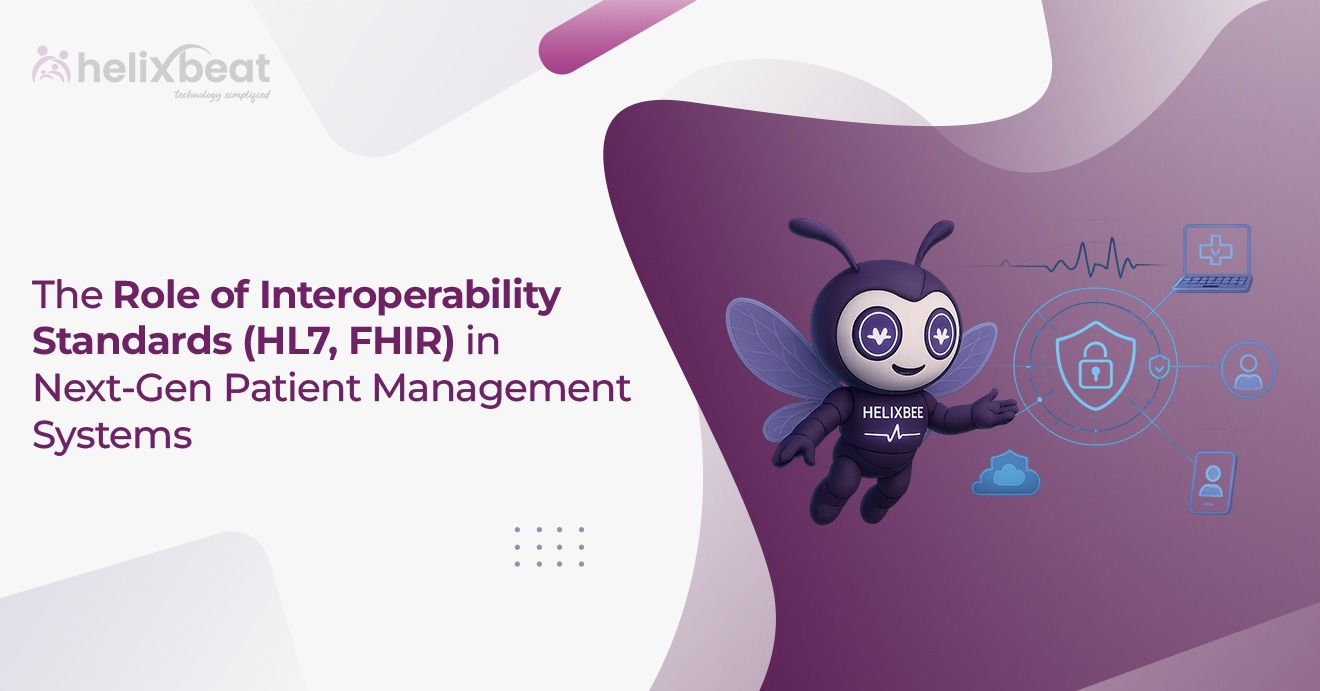In recent years, healthcare has experienced a dramatic shift, transitioning from traditional in-person consultations to virtual care and telemedicine. The digital transformation of healthcare has enabled patients to consult with doctors from the comfort of their homes, receive prescriptions, and even access various healthcare services remotely. This shift, accelerated by the COVID-19 pandemic, has not only provided patients with greater convenience but has also made healthcare more accessible, especially for those in rural or underserved areas.
As healthcare services continue to move online, telemedicine and virtual care have become essential components of modern healthcare delivery. However, as with any online service, the transition to digital health services also brings new challenges—most notably, the need for secure, reliable, and efficient payment systems.
In this blog, we will explore why secure payments are critical in telemedicine and virtual care, the role they play in ensuring patient trust and satisfaction, and how payment platforms like Paynova can help healthcare providers implement secure payment systems.
Table of Contents
The Rise of Telemedicine and Virtual Care
Telemedicine, once considered a niche part of healthcare, has now become a mainstream service. According to a recent report by McKinsey & Company, telehealth usage has stabilized at levels 38 times higher than before the pandemic. Before 2020, only about 11% of the U.S. population had used telemedicine, but that number shot up dramatically during the pandemic as patients sought alternatives to in-person visits due to lockdowns and concerns about infection. Today, more than 60% of U.S. adults report having used telemedicine services at least once, a number that is expected to grow as the digital healthcare market expands globally.
In addition to telemedicine consultations, virtual care includes a wide range of remote healthcare services such as remote patient monitoring, mental health counseling, e-prescriptions, and even health and wellness apps. This expansion into virtual healthcare offers patients greater flexibility, convenience, and the ability to access specialized care that may not be available locally. For example, a patient in a rural area can now consult a top cardiologist remotely without having to travel hundreds of miles to a major hospital.
The transition to virtual healthcare is not limited to the United States. According to a report by Global Market Insights, the global telemedicine market is projected to reach $185.6 billion by 2028, growing at a compound annual growth rate (CAGR) of 25.8%. Factors such as technological advancements, increased internet connectivity, and a growing acceptance of digital health services by both patients and providers drive this growth.
The Need for Secure Payment Systems
While the expansion of telemedicine and virtual care is undoubtedly beneficial for patients, it also introduces new challenges when it comes to payment processing. When patients seek healthcare services remotely, they often make payments for consultations, treatments, prescriptions, and health monitoring services online. As a result, there is an increasing demand for secure and efficient payment systems to protect both patients and healthcare providers.
Security is paramount when it comes to online payments, particularly in the healthcare industry. Patients are trusting healthcare providers not only with their health information but also with their financial data. Whether it’s a credit card, debit card, or digital wallet, sensitive payment information is being transmitted over the internet, making it a prime target for cybercriminals. If a payment system is not secure, it can lead to data breaches, fraud, and theft of both personal and financial information, causing harm to patients and damaging the reputation of healthcare providers.
Beyond security, the payment system must also be seamless and easy to use. Patients expect a smooth and hassle-free payment experience when they complete a consultation or treatment online. A complicated or confusing payment process can lead to frustration and abandoned transactions, resulting in lost revenue for healthcare providers and a negative experience for patients.
For healthcare providers, secure payments are also critical for ensuring compliance with regulatory requirements. In many countries, healthcare providers must adhere to strict data protection laws such as the Health Insurance Portability and Accountability Act (HIPAA) in the U.S., which governs the use and security of patient data. Payment systems that are not compliant with these regulations can expose providers to legal risks and fines.
Lack of Payment Transparency: Patients may be confused by unclear or inconsistent pricing, leading to hidden fees and frustration with healthcare providers.
Limited Payment Method Options:Patients, especially international ones, may struggle with limited payment methods, hindering access to care.
Security Concerns:Worries about personal and payment data security, including risks of data breaches or identity theft, can prevent patients from completing appointments.
Complicated Payment Processes: Cumbersome, slow, or complex payment systems can frustrate patients, causing them to abandon appointments.
Payment Failures and Delays:Technical issues like failed transactions or system outages can delay or prevent payments, disrupting care and treatment.
Insurance and Reimbursement Issues: Patients may face challenges with insurance coverage or delayed reimbursements for virtual care services, creating a barrier to access.
Inadequate Support for Financial Issues: Financially struggling patients may lack flexible payment options or assistance, making it difficult to afford telemedicine services.
Cross-border Payment Complications: International patients may encounter problems like currency conversion or high fees, limiting access to global healthcare.
Lack of Trust in Digital Payment Systems: Concerns about fraud or mishandling of data can make patients hesitant to use digital payment platforms for telemedicine services.
No Real-time Payment Confirmation: A lack of immediate payment confirmation can cause anxiety and confusion, making patients unsure about their appointment status.

What Are Secure Payments?
A secure payment system refers to any payment platform that uses technology and best practices to protect financial transactions from unauthorized access, fraud, and data breaches. Secure payments are achieved through various measures, such as encryption, tokenization, and multi-factor authentication.
- Encryption: Encryption is the process of encoding sensitive data in such a way that only authorized parties can decode it. For example, when a patient enters their credit card information, encryption ensures that the data is scrambled so that even if it is intercepted by a hacker, it cannot be read or misused.
- Tokenization: Tokenization replaces sensitive payment information, such as a credit card number, with a unique token or identifier. This token cannot be used outside the specific transaction, preventing fraud if the data is compromised.
- Multi-Factor Authentication (MFA): MFA requires users to provide two or more forms of identification before completing a transaction. This could include something they know (e.g., a password), something they have (e.g., a mobile device), or something they are (e.g., a fingerprint). MFA adds an extra layer of security to the payment process.
- Fraud Detection Systems: Advanced fraud detection systems use artificial intelligence (AI) and machine learning to identify suspicious activity during transactions. These systems can flag unusual transactions or patterns that may indicate fraudulent activity, enabling quick action to prevent fraud.

Why Secure Payments Matter in Telemedicine and Virtual Care
The importance of secure payments in telemedicine and virtual care cannot be overstated. Here are several reasons why secure payments are crucial:
- Protecting Patient Data: Patients trust healthcare providers with their personal and financial information. A secure payment system ensures that sensitive data, such as credit card details and personal health information, is protected from hackers and unauthorized access.
- Maintaining Trust: Trust is a cornerstone of the healthcare relationship. If a patient feels that their financial or health data is at risk, they are unlikely to return for future consultations or recommend the service to others. Secure payment systems help build and maintain this trust.
- Reducing Fraud and Chargebacks: Cybercriminals are constantly looking for ways to exploit vulnerable payment systems. Secure payments reduce the risk of fraud and chargebacks, which can be costly for healthcare providers.
- Ensuring Regulatory Compliance: In many countries, healthcare providers are required to follow strict data protection and security regulations. Using a secure payment platform helps providers remain compliant with these regulations, reducing the risk of legal penalties.
- Providing a Seamless Experience: A secure payment system also ensures that the payment process is quick, easy, and efficient. Patients should not have to worry about complicated forms or confusing payment gateways. A seamless experience helps improve patient satisfaction and retention.

How Paynova Helps in Telemedicine and Virtual Care Payments
Paynova is a leading payment platform designed to provide secure, efficient, and seamless payment solutions for the healthcare industry. By offering advanced features such as encryption, tokenization, and fraud detection, Paynova ensures that telemedicine providers and their patients can carry out transactions with confidence.
Here’s how Paynova supports telemedicine and virtual care payments:
- Security First: Paynova uses the latest encryption and tokenization technologies to protect patient data during every transaction. With Paynova, both healthcare providers and patients can rest assured that their financial information is safe from cyber threats.
- Fraud Prevention: Paynova’s advanced fraud detection algorithms use artificial intelligence to monitor transactions in real-time and flag any suspicious activity. This proactive approach helps prevent fraud before it happens.
- Seamless Integration: Paynova integrates seamlessly with telemedicine platforms, allowing healthcare providers to offer an integrated payment solution within their virtual care systems. Patients can make payments quickly and easily without leaving the platform, reducing friction and improving the overall experience.
- Global Reach: Paynova supports multiple currencies and payment methods, enabling healthcare providers to accept payments from patients around the world. This is particularly useful for telemedicine providers who serve an international patient base.
- Regulatory Compliance: Paynova adheres to the highest security standards and is compliant with global regulations such as PCI DSS (Payment Card Industry Data Security Standard) and HIPAA, ensuring that healthcare providers meet all necessary compliance requirements.
- Cost-Effective: Paynova offers competitive pricing, making it an affordable option for healthcare providers, whether they are small practices or large hospitals.

How to Choose a Secure Payment System for Telemedicine
When choosing a secure payment system for telemedicine or virtual care, healthcare providers should consider the following:
- Encryption and Security Features: Ensure the payment platform offers end-to-end encryption, tokenization, and other advanced security features to protect sensitive information.
- Compliance with Regulations: Choose a payment system that complies with relevant regulations, such as HIPAA and PCI DSS.
- Fraud Detection and Prevention: Look for a platform that offers real-time fraud detection and prevention tools to reduce the risk of fraudulent transactions.
- Ease of Use: The payment system should be user-friendly for both patients and healthcare providers, with a seamless and intuitive interface.
- Global Payment Capabilities: If serving international patients, the payment system should support multiple currencies and payment methods.

Conclusion
As telemedicine and virtual care continue to grow in popularity, the need for secure, reliable, and efficient payment systems becomes increasingly important. Healthcare providers must ensure that their payment solutions protect patient data, build trust, and comply with regulatory standards. Platforms like Paynova play a crucial role in providing secure payment solutions that make telemedicine and virtual care accessible, convenient, and safe for both patients and providers. By adopting secure payment systems, healthcare providers can focus on delivering quality care while ensuring that financial transactions remain smooth, safe, and efficient.
Frequently asked question
Why are secure payment systems important in telemedicine?
Secure payment systems protect patient data, build trust, reduce fraud, and ensure compliance with healthcare regulations, ensuring a safe and efficient transaction process.
What risks are associated with insecure payment systems in telemedicine?
Insecure payment systems can lead to data breaches, identity theft, fraud, and loss of patient trust, which can damage healthcare providers’ reputations.
How does Paynova ensure secure payments for telemedicine?
Paynova uses encryption, tokenization, multi-factor authentication, and AI-based fraud detection to protect patient payment data and ensure secure transactions.
What are the main features of a secure payment system for healthcare?
Key features include encryption, tokenization, multi-factor authentication, real-time fraud detection, and compliance with data protection regulations such as HIPAA and PCI DSS.
How do secure payments impact patient trust in telemedicine services?
Secure payments reassure patients that their financial and personal information is protected, helping to foster trust and encourage repeat business.
What are the compliance requirements for payment systems in healthcare?
Payment systems in healthcare must comply with regulations like HIPAA (Health Insurance Portability and Accountability Act) and PCI DSS (Payment Card Industry Data Security Standard) to protect patient data.
How can telemedicine providers integrate secure payment systems into their platforms? Telemedicine providers can integrate secure payment systems like Paynova into their platforms, allowing seamless payments without disrupting the patient care experience.
What payment methods can patients use in secure telemedicine platforms?
Secure payment systems often support various payment methods, including credit and debit cards, digital wallets, and bank transfers, allowing flexibility for patients globally.














